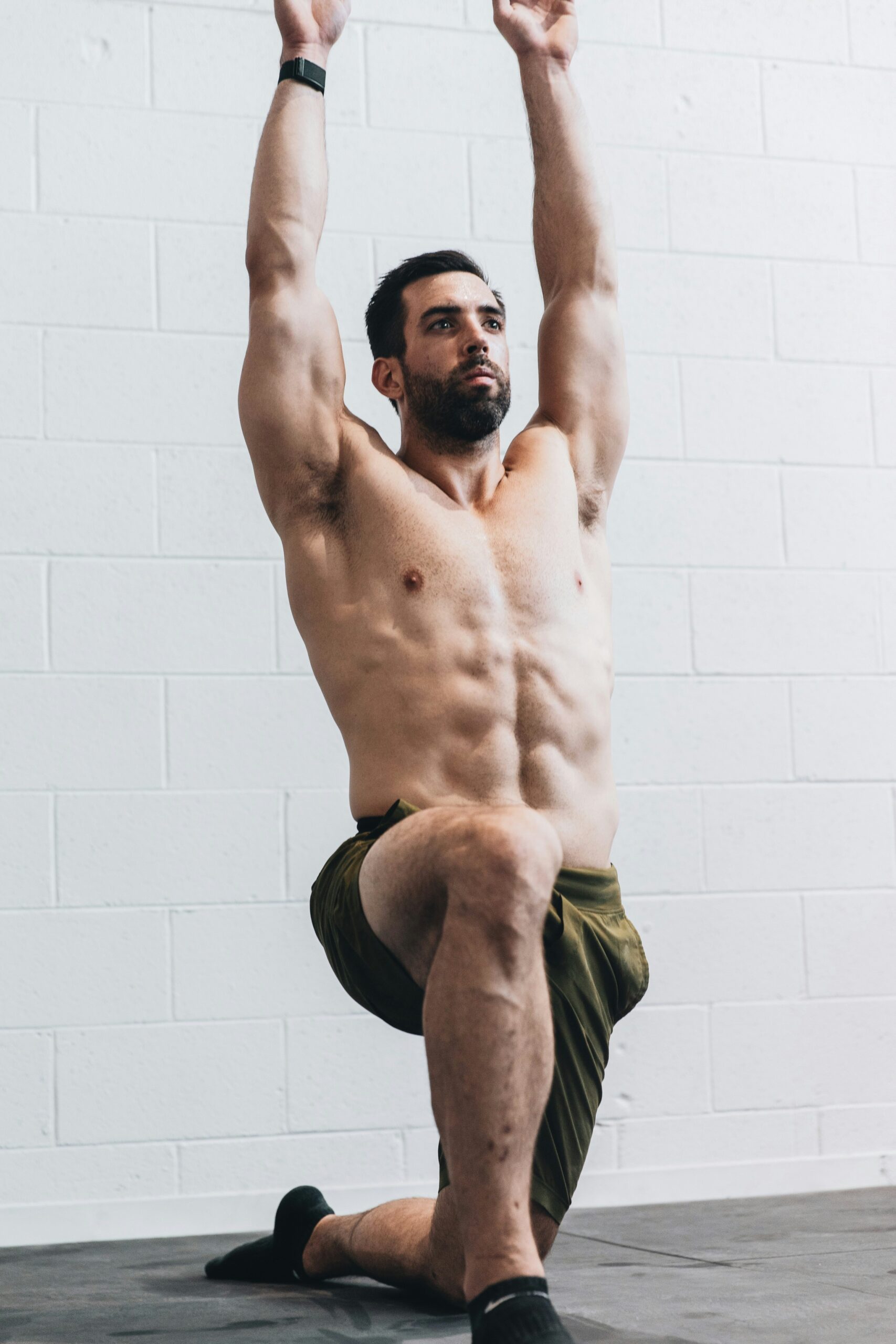The Best Recovery Tools for Post-Workout Soreness
Feeling sore after a tough workout? That post-exercise ache, known as Delayed Onset Muscle Soreness (DOMS), is common and a sign that your muscles are repairing and growing stronger. While it’s a natural part of fitness, recovery tools can help reduce discomfort, speed up recovery, and keep you moving.
Here’s a roundup of the best recovery tools to ease post-workout soreness and get you back to peak performance.
1. Foam Roller
Best for: Relieving muscle tension and improving flexibility.
Foam rollers are one of the most versatile and effective recovery tools. They use self-myofascial release (SMR) to release knots, reduce stiffness, and improve blood flow to sore muscles.
- How to use: Roll slowly over sore muscles (e.g., quads, hamstrings, or back) for 30-60 seconds per area. Pause on tight spots to let the pressure work deeper.
- Benefits: Relieves tightness, improves mobility, and reduces soreness.
Pro Tip: Opt for a textured or high-density foam roller for deeper pressure, or choose a softer one if you’re new to foam rolling.
2. Massage Gun
Best for: Deep tissue relief and targeting specific sore spots.
Massage guns, like the popular Theragun or Hypervolt, deliver percussive therapy that penetrates deep into muscles, helping to reduce stiffness and soreness.
- How to use: Gently press the massage gun on sore areas and move it slowly. Avoid bony areas or staying on one spot too long.
- Benefits: Speeds up recovery, increases circulation, and eases deep muscle tension.
Pro Tip: Use the gun on low settings for sensitive areas or after a particularly tough workout.
3. Compression Gear
Best for: Reducing inflammation and promoting blood flow.
Compression gear, such as sleeves, socks, or tights, applies gentle pressure to your muscles, helping to reduce swelling and improve circulation post-exercise.
- How to use: Wear compression gear for a few hours after your workout or during rest days.
- Benefits: Reduces swelling, supports recovery, and may prevent soreness.
Pro Tip: Look for high-quality compression gear with graduated compression for the best results.
4. Stretching Straps
Best for: Enhancing flexibility and releasing tight muscles.
Stretching straps allow you to deepen stretches and target hard-to-reach areas like your hamstrings, calves, and shoulders.
- How to use: Use the strap to gently pull your limbs into a stretch, holding each position for 20-30 seconds.
- Benefits: Improves flexibility, reduces tension, and promotes recovery.
Pro Tip: Incorporate straps into your cool-down routine for maximum benefit.
5. Cold and Hot Therapy
Best for: Reducing inflammation (cold) and soothing tight muscles (heat).
Alternating between cold and heat therapy can work wonders for muscle recovery.
- Cold therapy (ice packs or cold baths): Reduces swelling and inflammation after intense workouts.
- Heat therapy (heating pads or warm baths): Relaxes tight muscles and promotes blood flow.
Pro Tip: Use cold therapy immediately after exercise and heat therapy a few hours later or the next day.
6. Massage Balls
Best for: Pinpointing tight spots and releasing knots.
Massage balls, like lacrosse balls or textured therapy balls, are great for targeting small, hard-to-reach areas like the feet, glutes, or shoulders.
- How to use: Place the ball on the sore area and apply gentle pressure. Roll it around or hold it on a tight spot for 20-30 seconds.
- Benefits: Relieves knots, improves blood flow, and reduces muscle tension.
Pro Tip: Use a massage ball while sitting at your desk or against a wall for added control.
7. Recovery Boots
Best for: High-tech compression and circulation improvement.
Recovery boots, like NormaTec, use dynamic compression to massage your legs, improving blood flow and reducing soreness.
- How to use: Slip your legs into the boots and let them work for 20-30 minutes.
- Benefits: Speeds up recovery, reduces fatigue, and relieves leg soreness.
Pro Tip: Recovery boots are an investment, but they’re ideal for athletes or those training intensely.
8. Epsom Salt Bath
Best for: Relaxing muscles and reducing tension.
Soaking in an Epsom salt bath is a classic and affordable way to ease sore muscles. The magnesium in Epsom salt can help reduce inflammation and promote relaxation.
- How to use: Add 1-2 cups of Epsom salt to warm bathwater and soak for 15-20 minutes.
- Benefits: Relieves muscle aches, reduces stress, and promotes recovery.
Pro Tip: Combine an Epsom salt bath with aromatherapy (like lavender oil) for a spa-like experience.
9. Resistance Bands for Active Recovery
Best for: Low-impact movement to improve circulation.
Resistance bands can be used for light stretching or strengthening exercises during active recovery.
- How to use: Perform gentle movements like banded leg lifts or arm stretches to loosen tight muscles.
- Benefits: Keeps blood flowing, reduces stiffness, and aids in recovery.
Pro Tip: Choose light resistance bands for recovery work to avoid overexertion.
10. Hydration Tools
Best for: Replenishing fluids and aiding muscle repair.
Staying hydrated is crucial for recovery. Consider using a water bottle with built-in electrolytes or hydration tablets to speed up muscle recovery and prevent cramps.
- How to use: Drink water consistently throughout the day, especially after intense workouts.
- Benefits: Helps flush out toxins, improves recovery, and reduces muscle cramps.
Pro Tip: Add a pinch of salt and a squeeze of lemon to your water for a quick, natural electrolyte boost.
11. Sleep Tracking Devices
Best for: Ensuring adequate recovery through rest.
Quality sleep is vital for muscle repair and overall recovery. Devices like Fitbit or Whoop track your sleep patterns, giving you insights into your recovery.
- How to use: Wear the device to monitor sleep quality and adjust your routine for better recovery.
- Benefits: Ensures your body gets the rest it needs for optimal performance.
Pro Tip: Pair sleep tracking with a consistent bedtime routine for better results.
Wrapping It Up
Recovering from a workout is just as important as the workout itself, and these tools can help you feel better, faster. From foam rollers to massage guns and recovery boots, there’s a recovery method to fit every need and budget. Incorporate these tools into your routine, stay consistent, and your body will thank you with improved performance and reduced soreness.
So, pick your favorites, and make recovery a priority—it’s a crucial step on your fitness journey!





